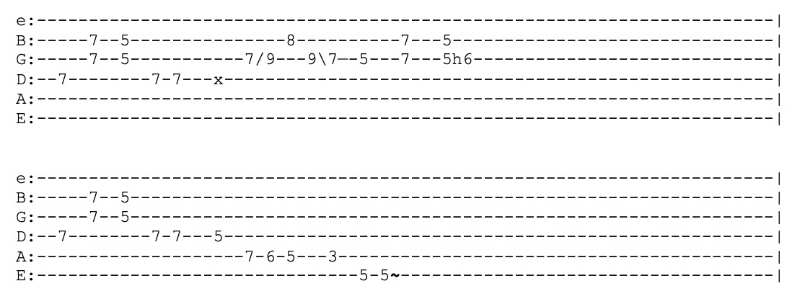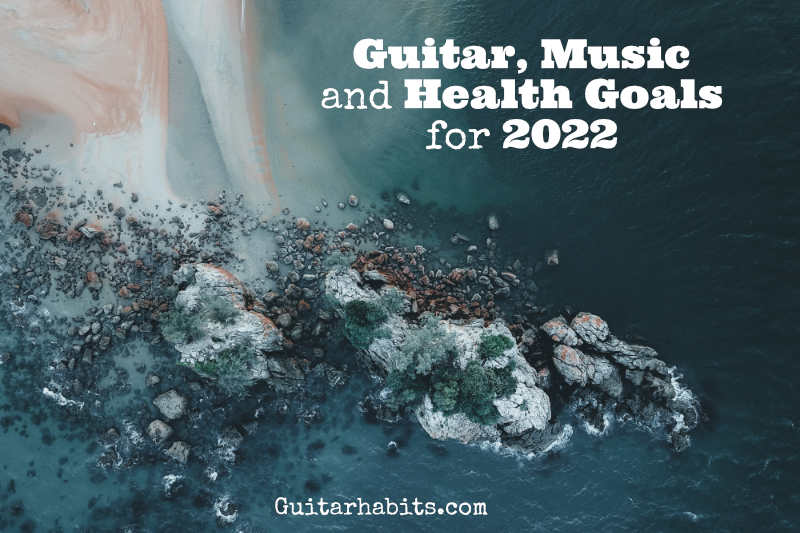March 8, 2022 by Klaus Crow

Today I’ll teach you a nice basic blues guitar lick in the key of A. You can play this lick over a blues chord progression or a blues shuffle in the key of A.
The blues lick is made up notes from the pentatonic scale with an added major 3rd note.
Blues licks are a great way to build, expand and spice up your solo vocabulary. If you’re wondering why would need to learn licks check out 6 Vital Reasons Why and How You Should Learn Guitar Licks.
Now let’s learn get rolling!
Below are the TABS and the video lesson where I explain the entire lick slowly and clearly.
Enjoy!



